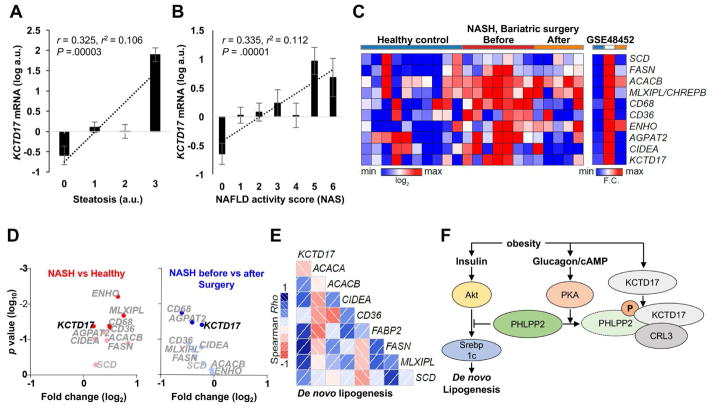Figure 6. KCTD17 correlates with lipogenic gene expression and hepatic steatosis in NASH.
(A and B) KCTD17 expression in liver biopsy specimens (n=158) as related to (A) steatosis subscore or (B) total NAFLD activity score (NAS). (C) Heat map, (D) volcano plot and (E) correlogram of hepatic KCTD17 expression and de novo lipogenesis (DNL) gene set in hepatic transcriptomes of healthy controls and NASH patients before and after bariatric surgery (n=5–10/group), with the depth of shading of correlogram according to the magnitude of the correlation and positive and negative correlations represented in blue and red, respectively. (F) Model representing the parallel effects of obesity to increase glucagon-mediated PHLPP2 phosphorylation and KCTD17 expression/activity, which synergistically induce PHLPP2 degradation and prolongation of Akt-induced Srebp1c-mediated DNL, and fatty liver.

